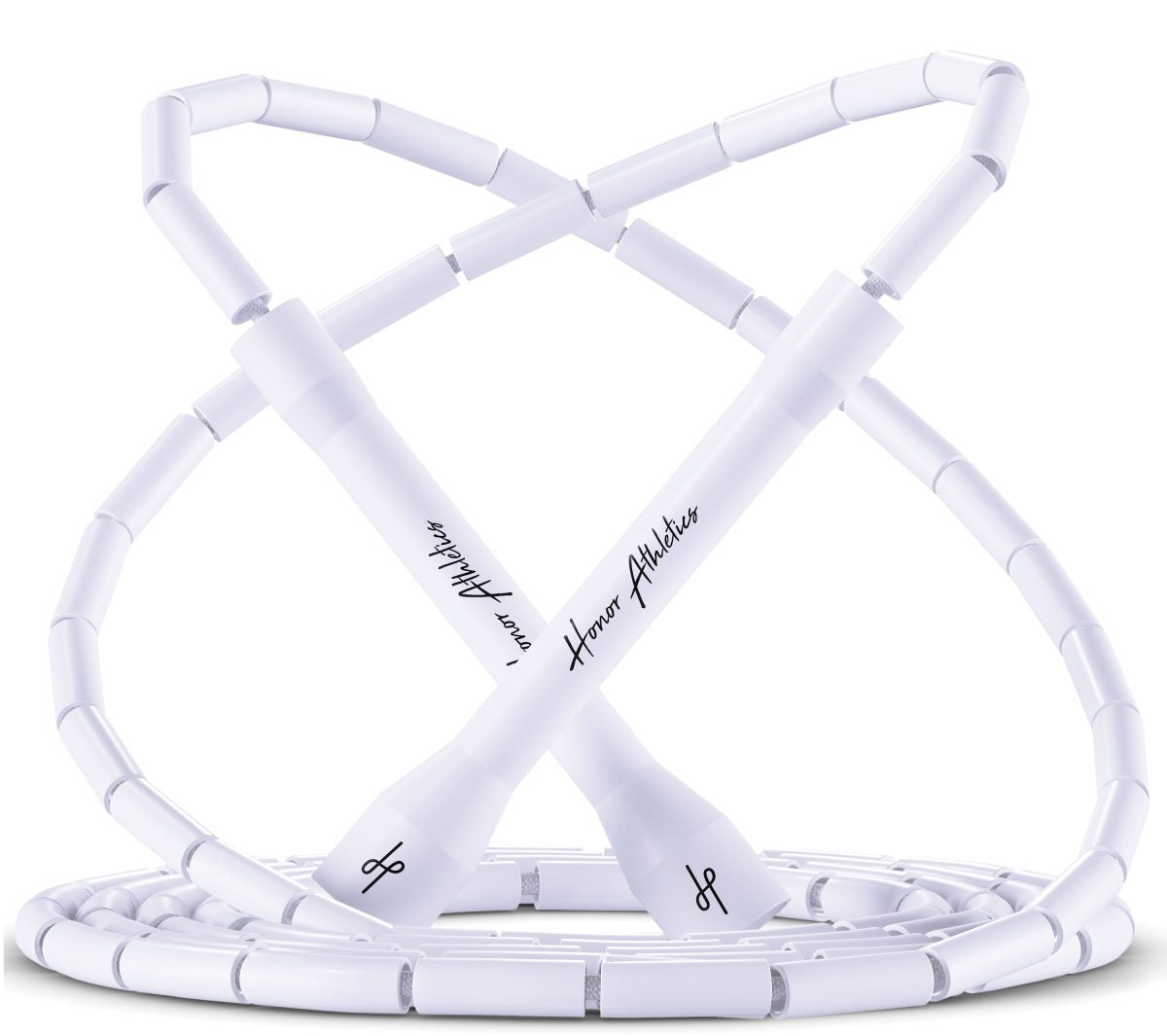
Fix Your Posture with Jump Rope
Improve Your Posture and Strengthen Your Back with Jump Rope
Spending long hours at the computer, looking down at your phone, or living a sedentary lifestyle… all of these habits gradually ruin our posture. Shoulders slump forward, the back rounds, and by the end of the day we’re left with back, neck, or lower back pain. Most of us think correcting posture requires long workouts or special equipment. But the truth is, all you really need is something simple: a rope.
Jumping rope is not just a cardio workout for burning calories. When done with the right technique, it strengthens your back, activates your core muscles, and naturally improves your posture. With regular practice, you’ll notice a straighter stance and a healthier back in a surprisingly short time.

How Jump Rope Improves Posture and Back Health
When you jump rope, nearly your entire body is engaged. The core muscles that wrap around your stomach and lower back become active, acting like a protective belt around your spine. Because your shoulders and back muscles are involved, your chest opens up, your shoulders roll back, and pressure on your lower back decreases. As a result, your back naturally stays upright.
The rhythmic movement also enhances your balance and coordination, which translates into better posture throughout the day. In short, jump rope doesn’t just help during your workout—it helps you stand taller and feel stronger in your everyday life.
The Right Jump Rope Technique
The key to reaping the posture and back health benefits lies in proper technique. Before you begin, stand tall on the balls of your feet with a relaxed but upright posture. Keep your shoulders loose and rolled back, with your chest open. Instead of tilting your head down, focus your gaze forward to maintain your neck’s natural alignment.
Use your wrists—not your entire arms—to rotate the rope. This saves energy and prevents unnecessary strain on the shoulders and back. When you jump, keep it minimal: just a few centimeters off the ground is enough for the rope to pass underneath. This lowers impact on your joints and helps you sustain your rhythm longer.
As you land, avoid pounding your heels on the floor. Instead, land softly on the balls of your feet. This technique absorbs impact, protects your spine, and helps maintain proper form.
Suggested Routine for Posture and Back Health
This simple routine not only improves posture but also strengthens your back muscles over time.

Choosing the Right Rope and Helpful Tips
Technique matters, but so does your rope. A rope that’s too long or too short can throw off your rhythm and compromise your posture. To find the right length, step on the middle of the rope and pull the handles up— they should reach about chest level.
Don’t skip your warm-up. Simple shoulder rolls, lower back stretches, or one to two minutes of light skipping prepare your muscles and reduce the risk of injury. Also, pay attention to your breathing. Steady, controlled breaths will make it easier to keep your rhythm and posture intact.
A Routine for Better Posture and Back Health
If you’re new to jump rope, start with short, manageable sessions. Try jumping for 30 seconds, then rest for 30 seconds, repeating this cycle 5–6 times. Even this 6–8 minute workout can strengthen your back and improve posture. As you progress, increase your sets or duration, and explore different jump variations to keep things engaging. The key is consistency and maintaining good form.
1. Does jump rope reduce back pain?
Yes. When performed with proper form, it strengthens the back muscles and reduces strain on the lower back, which can help relieve pain.
2. How much jump rope do I need for posture improvement?
Just 5–10 minutes a day, practiced consistently, is enough to positively impact your posture and back health.
3. Can jumping rope with poor form hurt my back?
Yes. Slumping your shoulders or landing on your heels can increase back pain. That’s why correct form is essential.

Prev post

Who Can Jump Rope? Benefits by Age Group
Updated on 27 August 2025
Next post

Jump Rope Beginner’s Guide: A Safe, Smart Start from Day One
Updated on 13 August 2025



